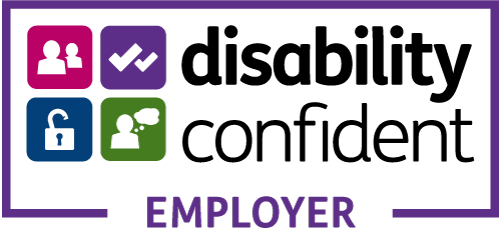Sound Connection
Sound Connection is an inclusive movement and music programme for children with profound and complex needs, supported by Children in Need. Our specialised approach gives attendees the opportunity to experience a fun, immersive, multi-sensory experience on a 1:1 basis in a group, using a blend of connective movement and live music to encourage communication and interaction.
Connective movement: In this section we aim to tap into the child’s inner language, to draw the child’s attention from their insular world into the world around them, so we can start an interactional conversation that we can share. The facilitator starts by looking and listening to what the child is doing, the physical feedback they are giving themselves and how they are doing it – and tuning in to how they feel. Then we use our own body language to reply and build up non-verbal conversations and emotional engagement. This can include movement, face-to-face exchanges of eye contact, imitation of facial expression, touch or sounds, all done in a fun and light-hearted way. We also use sensory materials to enhance the approach.
Music: In this section we aim to develop interaction, rhythm and sequencing, designed to encourage vocalisation and imitation whilst allowing self-expression and choice making through music, using techniques to develop the foundations of speech and language. Our structured sessions and specially devised songs are embedded with child-developmental skills. We aim to give a broad range of musical and imaginative movement experiences with a range of musical instruments and sensory equipment specifically designed for children with additional-needs. For e.g. Vibro-acoustic Box, Floor/Ceiling Projectors, Sound Beams as well as traditional instruments.
This combined approach of mixing highly focused connective movement with live music impacts on the development of communication and interaction, further unlocking the child’s potential.
Our Sound Connection Project runs on Saturdays, Term Time only. For further information please contact us
We aim to:
- Provide an independent hobby for those with complex needs
- Support interaction and play
- Use music and movement to hold a conversation with the child or young person
- To learn and laugh together
- To be musically and physically inclusive
The Sound Connection approach
In our approach the facilitator…
- affectively attunes with the child, noting mood, vicariously imagining the emotion of the child and communicates a response
- cognitively attunes. understands the child’s perspective and thinking
- developmentally attunes with the child- responds to the developmental level of the child:
- rhythmically attunes responds to the child’s own movement and vocal patterns and adapts/ imitates/ instigates accordingly.
Key Steps of the approach are …
Recognition: The facilitator starts by responding to the child’s actions and sounds in order to gain a connection with the child. Many children with PMLD are unaware at first of people or objects around them.
Imitation: Helps the child to recognise their own self-expression which then leads into a “conversation” with the facilitator through a playful reflection of sound and movement. The facilitator starts to introduce rhythm and response to the interactions.
Evaluation: Developing the child’s ability to listen, predict, respond and ultimately turn take. Instigation: When the child is able to recognise imitation and starts to instigate interaction. The child may invite the facilitator to lead thus creating a two-way conversation, with music or movement, whilst developing the child’s ability to show preference and participation.
Group Instigation: The child is able to transfer skills into a social group environment, where the ultimate goal is interaction with other participants.
Generalisation of Skills: When the child can transfer newly acquired skills into their home, school and community environment. Having acquired these skills, the child may now be able to generalise their listening and turn-taking skills, may be starting to use their voice or sign more, look directly at an object or person, and have the ability to express their needs and preferences and interact with objects or people in a more meaningful way.



